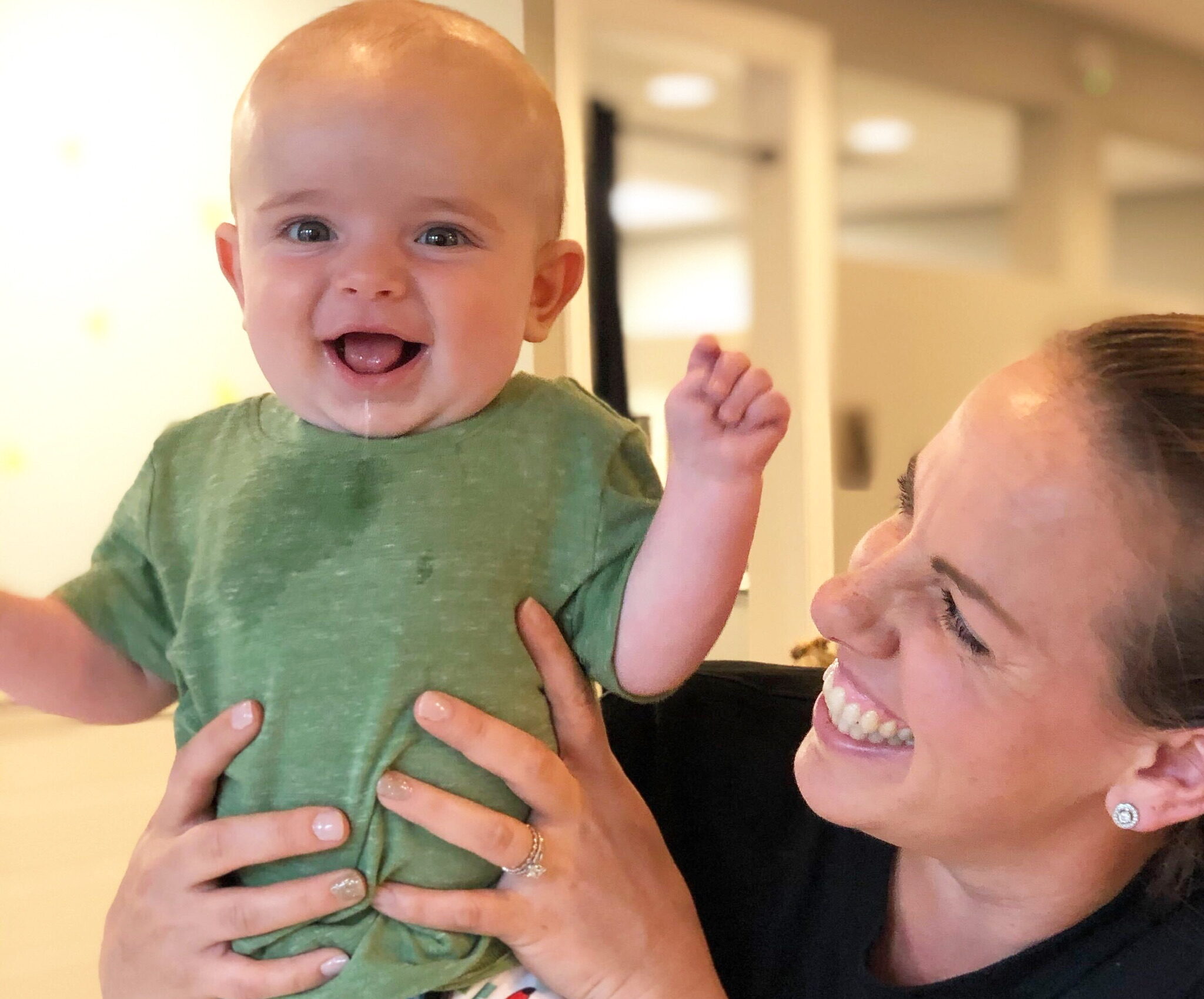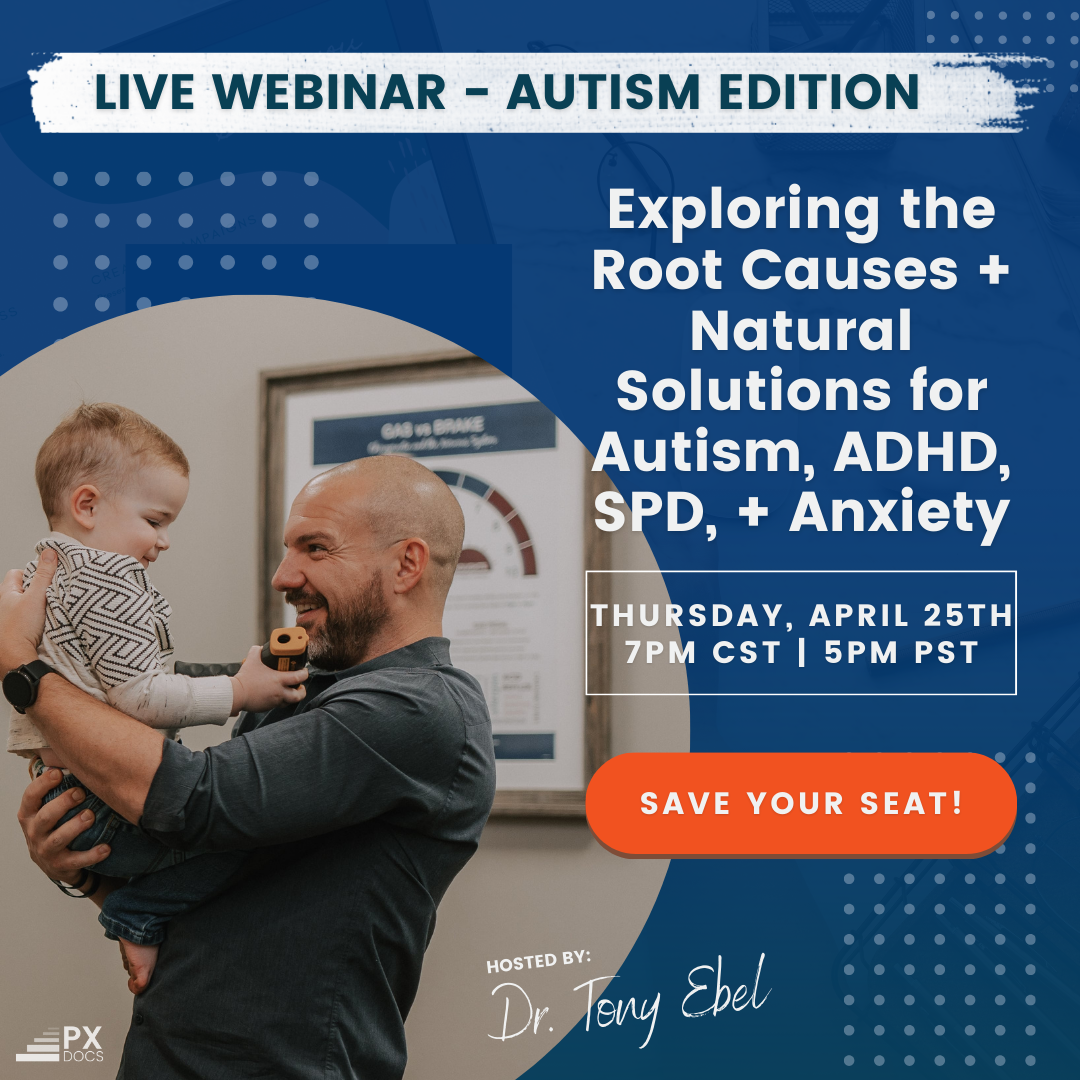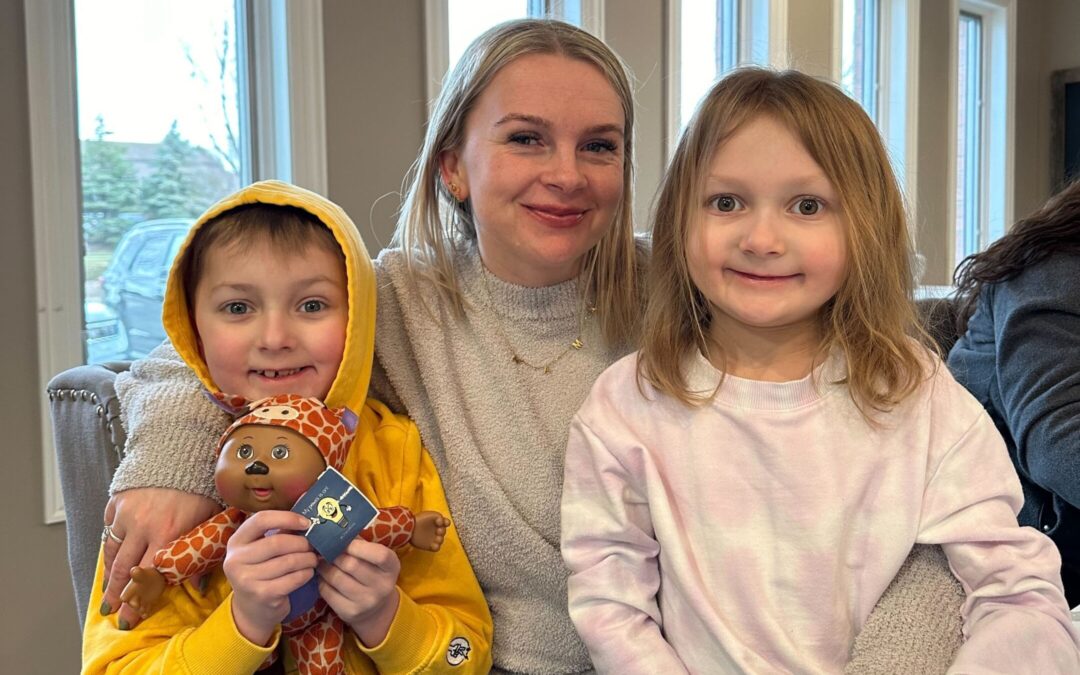The problem we’ll be discussing in this article is certainly not a new problem. When I first started out in practice 15 years ago now and chose to focus on drug-free pediatric health care solutions, one of my primary motivators to do so was how clear the research was all the way back then that we are grossly overusing antibiotics in children, and how dangerous and long-lasting the side effects of doing so are.
I first began educating my patients through consults and in-office workshops on the dangers of antibiotics, especially in kids under the age of 3, and back then, parents were unfortunately surprised to learn how clear the research has been on this topic for so long. Additionally, they were frequently frustrated and upset with their pediatricians for not providing them with that information when continually prescribing antibiotics to their children for simple things such as ear infections, sinus infections, and other regular respiratory illnesses.
Then, over the years, major publications like this Time magazine article helped get the word out on a larger scale. But still, today, we have to ask the question – has much changed with the antibiotic prescribing habits of the average pediatrician and family practice doctor?
When we first shared this data and information with Colton’s mom, after he battled RSV, sinus infections, chronic cough, and asthma for his first 3 years, she was blown away that her doctor had never once mentioned each round of antibiotics was likely to further weaken his already suppressed immune system, and that most of his sinus and respiratory infections were likely viral anyway.
That is one of the most obvious reasons why still today millions of antibiotics are prescribed to kids unnecessarily – they are viral infections, not bacterial – or infections caused by bacteria. Additionally, being exposed to viruses and bacteria is not what makes a child sick or allows a bacterial infection to set in. Instead, what causes a child to get sick is an immune system that is dysfunctional and out of balance, thus weakening the body’s response to the virus or bacteria and letting things take root.
While it’s taken literally decades for standard medical organizations to update and change their guidelines around antibiotics for pediatric respiratory infections, it seems it’s going to take decades more after that for practicing doctors to actually change their habits. We see proof of that in this study on bronchitis and bronchiolitis, and there are many more like it around ear infections, sinus infections, and more.
While that is a frustrating current reality, parents, you don’t have to wait. You can always educate and empower yourself by reading articles just like this one (and the links within it), and you can always switch your family’s care to a doctor who is up-to-date with the current research and practicing guidelines around antibiotics.
If your child’s doctor does not look to and recommend drug-free solutions and actions first, then it may be time to look for a new doctor with a new approach.
What are Common Short-Term Antibiotics Side Effects?
These are quite commonly known and are the ones more likely to be communicated to you by a standard pediatrician or family doctor. Most are mild to moderate, but as you’ll see near the bottom of the list, they can also become quite severe and dangerous for kids.
- Allergic reaction
- a raised, itchy skin rash (urticaria, or hives)
- coughing
- wheezing
- tightness of the throat, which can cause breathing difficulties
- feeling lightheaded or faint
- wheezing
- a fast heartbeat
- clammy skin
- confusion and anxiety
- collapsing or losing consciousness
- Severe Aches/Pains
- tendon, muscle or joint pain – usually in the knee, elbow or shoulder
- tingling, numbness or pins and needles
- Sometimes this can be permanent
- Heart Problems
- swollen ankles, feet and legs (oedema)
- new heart palpitations (heartbeats that suddenly become more noticeable)
- sudden shortness of breath
- High fever
- Stevens-Johnson syndrome
- hives
- skin pain
- fever
- cough
- swelling of your face or tongue
- pain in your mouth and throat
- Bleeding
- Tendonitis
- Seizures
Are Antibiotics Effective?
The good news here is that places like the Cleveland Clinic and other medical organizations are starting to become much more forthcoming with all this information, and also, many pediatricians and family doctors have updated their prescribing habits, holding back from antibiotics for things that are not life-threatening like the common cold, ear infections, flu, bronchitis, and so forth.
They’ve even published an incredible article and list here, which also includes this fantastic quote that tells the truth quite directly – “The bottom line: Taking antibiotics for most acute upper respiratory tract infections does little or no good, and the downsides are real.”
What Are The Long-Term Effects of Antibiotics?
This is where we feel strongly the conversation needs to shift to, and more parents deserve to be made aware of this long and serious list of long-term side effects of antibiotics.
Additionally, it’s important for parents to know that the two factors that really come into play here are the age of the child and how many previous rounds of antibiotics they’ve had. It’s super simple math in that the younger a child is (especially under age 3), and if they’ve had many rounds of antibiotics before, their risk of long-term side effects increases significantly.
There are multiple issues that make up the long term problems, and we’ll focus on the primary ones here in this article:
- Antibiotic resistance
- Disruption of the gut microbiome
- Imbalance of neurotransmitters
This MedicineNet article does a great job of explaining the simple and important point, that if antibiotics are continually taken for smaller issues early in life, they won’t be as helpful later on for helping with serious, life-threatening issues.
Additionally, we know that the gut microbiome is an absolutely essential part of our overall immune system, and therefore, disruption of it by the overuse of antibiotics is a big deal. Research like this has been able to explore the link between this issue and things like cardiovascular disease, cancer, and obesity later in life. Just those three diseases alone are the leading causes of morbidity, skyrocketing health care costs, and early death.
What if so much of the poor health adults are experiencing in today’s modern world began to set up shop and take root all the way back in our early childhood years? That is what the most modern and accurate research and scientific understanding is beginning to clearly show us.
And there is a neurological link as well. The overuse of antibiotics is a huge component of our Perfect Storm concept and educational workshop since we know that the overuse of antibiotics and disrupted gut function can then also alter the absorption and production of key neurotransmitters like serotonin and dopamine. These neurotransmitters are essential for mental, emotional, behavioral, and cognitive health.
How to Care For Kids Without Antibiotics
Nearly every single parent we meet and talk with today wants the answer to this question – what can I do besides antibiotics and drugs? And the best news is this – a lot!
While most articles, blogs, and Facebook Groups will direct you to natural options like probiotics, supplements, vitamins, herbs, and essential oils (all of which are awesome and helpful), the one thing millions of parents are seeking out and having incredible experiences with more so today than ever before is Neurologically-Focused Pediatric Chiropractic Care.
It’s important for parents to know that not all chiropractors are trained and experienced in pediatrics and nervous system focused care. To learn more about exactly what to look for in a Pediatric + Family Chiropractor, check out this helpful blog post.
If you want to really learn how our clinical process works, you can visit this link as well, but truly, when it comes to helping with respiratory infections and immune challenges, things are honestly super simple to understand.
As Neurologically-Focused Pediatric Chiropractors, the entire goal of our care is not to treat or cure the infection or illness but instead to strengthen and support the body’s own natural defense systems. Since the first and foundational component of the immune response has to do with “drainage and plumbing,” our adjustments work first to kick that into gear.
Parents and patients most commonly report immediate relief of sinus and ear pressure, fluid moving through easier, and often a dry cough will finally turn into a productive, mucus-busting one.
Additionally, by reducing subluxation and the excessive sympathetic nervous system response that normally comes with it, patients often experience reduced inflammation since the sympathetic system keeps the body in a pro-inflammatory and immunosuppressive state.
Simply put, by improving the ‘plumbing’ and ‘wiring’ of the body, a child and patient is often able to clear out the congestion, inflammation, and infection faster and more efficiently. The best part? This all can be done naturally without the use of antibiotics and other medications.
Find Your Local Pediatric Chiropractor Today
Our PX Docs Network fully understands that in countless emergency situations, antibiotics save lives. But at the same time, the research is just as clear as our clinical experience is. The more often a child, especially within the first 3 years of life, is placed on an antibiotic, the more likely they are to develop chronic illness and health struggles later in life.
Therefore, we strongly encourage you to put this article into action for your family. Start by looking up your local PX Doctor by visiting our directory here, where you can contact them directly to book a consultation, exam, and learn more about how chiropractic may be the perfect match for the new “first choice” for your family’s health care going forward.
Parents, don’t be afraid to take the reins when it comes to your child’s well-being! For additional natural care solutions to bolster your child’s immune system and help their body combat challenges while promoting strength and resilience, check out our Raising Healthy Kids Naturally Playbook and equip yourself with invaluable tools to foster your child’s health journey. Download the playbook today and get started on a path that will nurture your child’s well-rounded health.






